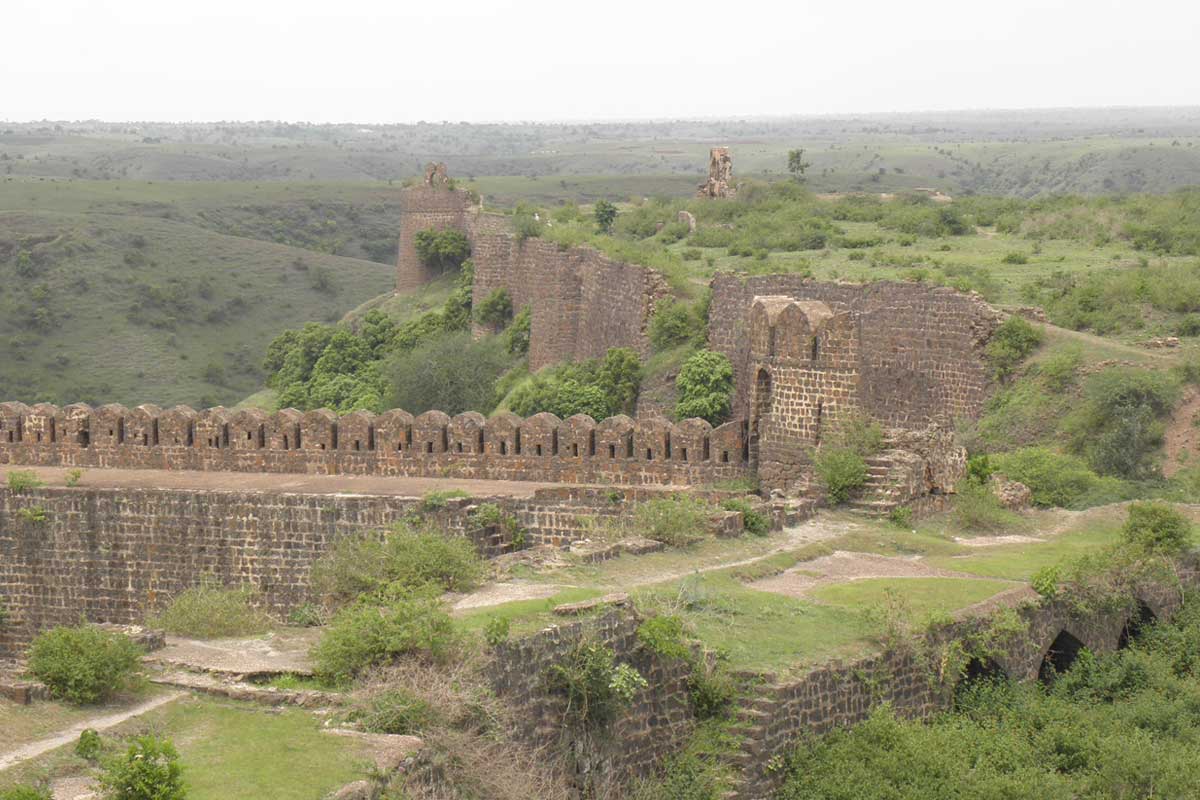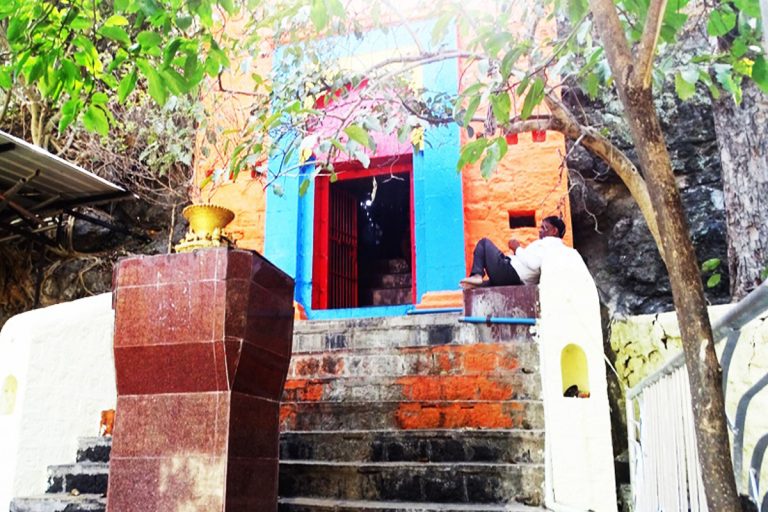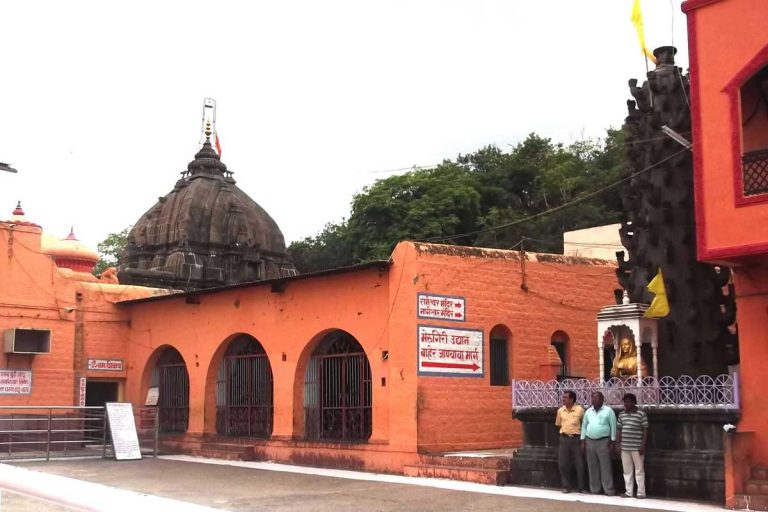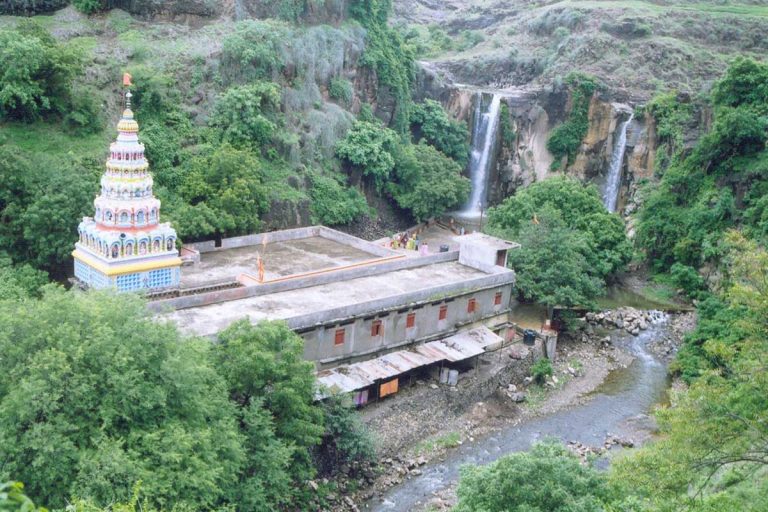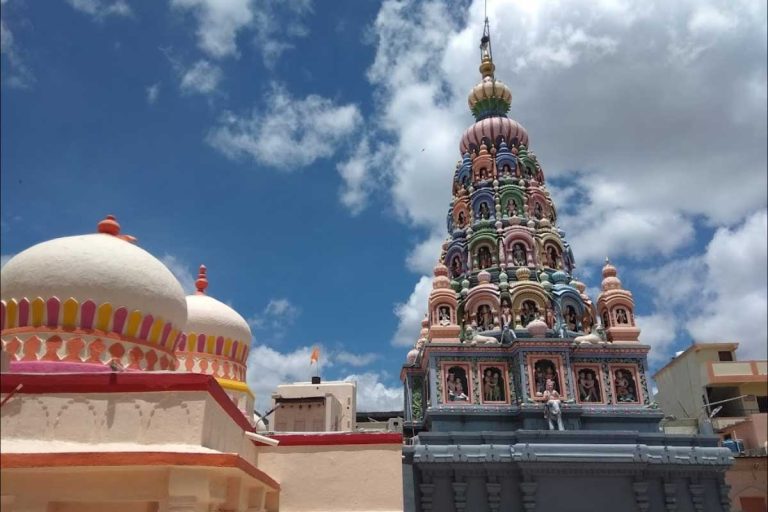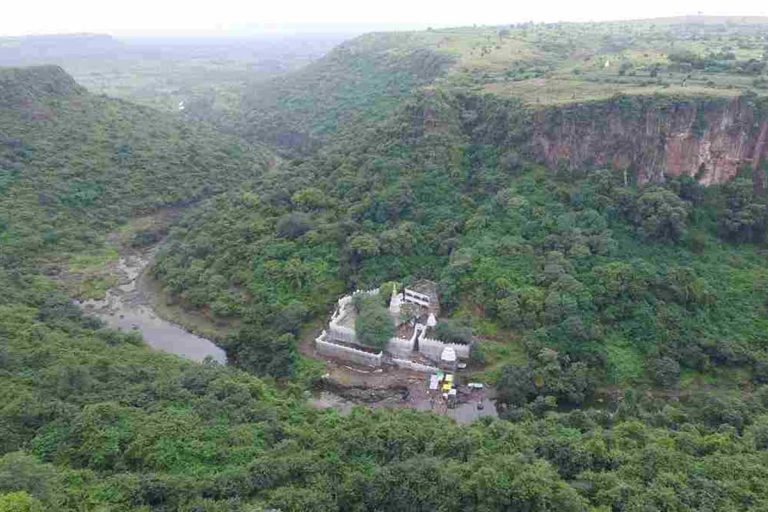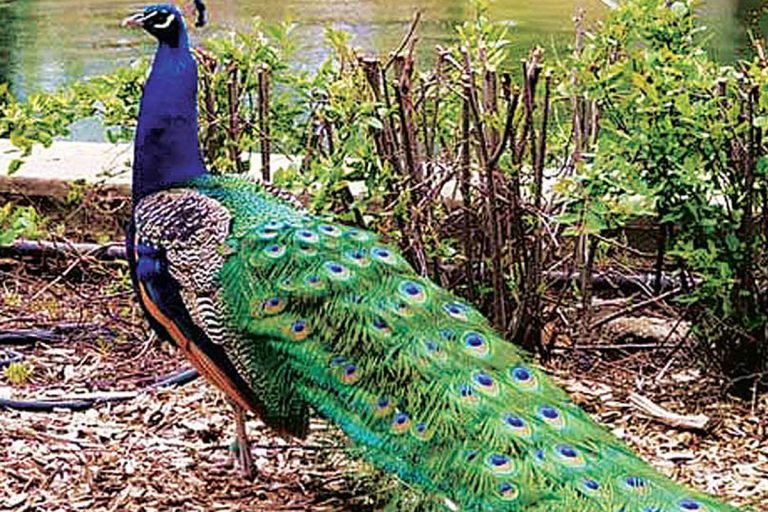Dharur Fort
Dharur is an important city in Beed district. The city was famous as a prosperous trading center from the time of the Satavahanas. A fort named Mahadurga was built to protect the city during the Rashtrakuta period. By adding to that fort, the subsequent rulers made new constructions in this fort and strengthened the fort. Dharur fort was under the control of the Nizam of Hyderabad until independence. Therefore, even today the fort and its ruins are quite intact.
Abejogai temple, caves, Dharmapuri fort and ancient Kedareshwar temple can be visited in one day if you have your own time.
History :
Pratishthan (Paithan) was the capital of the Satavahanas. All roads in the state lead to the capital. Due to this, the market of Dharur village on this road flourished. Dharur fort was built here by the Rashtrakutas who dominated this area in the later period. This fort was known by the name “Mahadurg” at that time. At that time, the fortifications of this fort were built by stacking simple stones on top of each other. Dharur is mentioned in a grant deed of Rashtrakuta king Govinda (III) (793-814 AD). After that, Chalukya (Kalyani), Yadav of Devagiri ruled the region.
After the end of the Yadavas, Dharur flourished as a trading center during the Bahmani period. Mahamadshah Bahamani, the 9th king of the Bahamani dynasty, shifted the capital of Gulbarga to Bidar on 22 September 1422. Since Bidar was the place of the capital, the importance of Udgir increased during that period. In 1526 AD the Bahmani kingdom disintegrated and 5 Shahyas emerged. Among them, Subhedar Kasim Barid of Ausa established Baridshahi. Dharur, Udgir, Ausa, Kandahar were the major forts of the state of Baridshahi with Bidar as its capital. The boundaries of Baridshahi were adjacent to the three Shahyas of Adilshahi, Nizamshahi and Qutbshahi. All these three shahis tried to destroy Barid Shahi. That is why many battles took place in the vicinity of these forts in the subsequent period.
After the fall of Baridshahi, there were many battles between Adilshahi and Nizamshahi over the rights of this area. Realizing the importance of Dharur fort at that time, Kishwar Khan Lari, the founder/sardar of Adilshah, built a new fort in place of the old “Mahadurga” in 975 Hijri (1567 AD) using the same stones, which is today’s fort of Dharur. Due to the construction of Dharur fort, the prestige of Kishwar Khan increased in the court of Adil Shah. Along with that, his internal enemies also increased. Due to the construction of Dharur fort, the Nizamshahi was in power. Therefore, he attacked Dharur with full force. At that time there were 5000 troops in the fort. Kishwar Khan asked Adil Shah for Kumak. But his internal enemies took care that help would not reach Kishwarkhana in time. Therefore, in 977 Hijri (1569 AD), Murtuja Nizamshah of Ahmednagar killed Kishwar Khan and captured the fort of Dharur and renamed the fort as “Fatehbad”. In 1601 AD, the Mughals captured Ahmednagar and the decline of the Nizamshahi began. In AD 1630-31, Shah Jahan’s general Azam Khan captured Dharur fort. A coin was minted as a symbol of this victory. After Shah Jahan till Jahandar Shah (1028 to 1131 Hijri), coins were minted from the fort’s mint for 100 years.
After the differences between Shivaji Maharaj and Netaji Palkar during the war of Panhala, Netaji Palkar went to the Mughals. After that, Netaji Palkar was staying in Dharur fort. After Shivaji Maharaj fled Agra, Jai Singh arrested Netaji Palkar in the fort of Dharur on the orders of Aurangzeb.
At Udgir in AD. On February 3, 1760, a battle took place between the Marathas and the Nizam. This battle was led by Sadashivarao (Bhau) Peshwa. To help the Nizam in this battle, Sardars like Sultanji Nimbalkar, Momin Khan, Lakshmanrao Khandagale etc. left Aurangabad with an army of 15 thousand to help the Nizam. But Sadashivrao (brother) Peshwa sent Ranoji Gaikwad on his trail, so he took refuge in the fort of Dharur and got stuck there. The Marathas defeated the Nizam completely in the battle. The Nizam fled to Dharur via Ausa. After the battle of Khardya on 11 March 1795, Dharur Fort was under the control of the Marathas for some time. After that this fort was recaptured by the Nizam. Dharur fort was under the control of the Nizam till the merger of Hyderabad state with India after independence.
Places to see :
From Dharur village we can go directly to the fort by car. Although we call it Bhuikot because Dharur village and the fort are on the same level, there is a deep valley on the other three sides of the fort. Therefore, the fort has natural protection from these three sides. On the remaining fourth side, i.e. village side, a trench 4.2 meters wide and 4.5 meters deep has been dug to protect the fort. The extent of this moat extends to the valleys on both sides of the fort. A wall has been cut from the bottom side of the valley to keep the water in the ditch. North of this ditch

